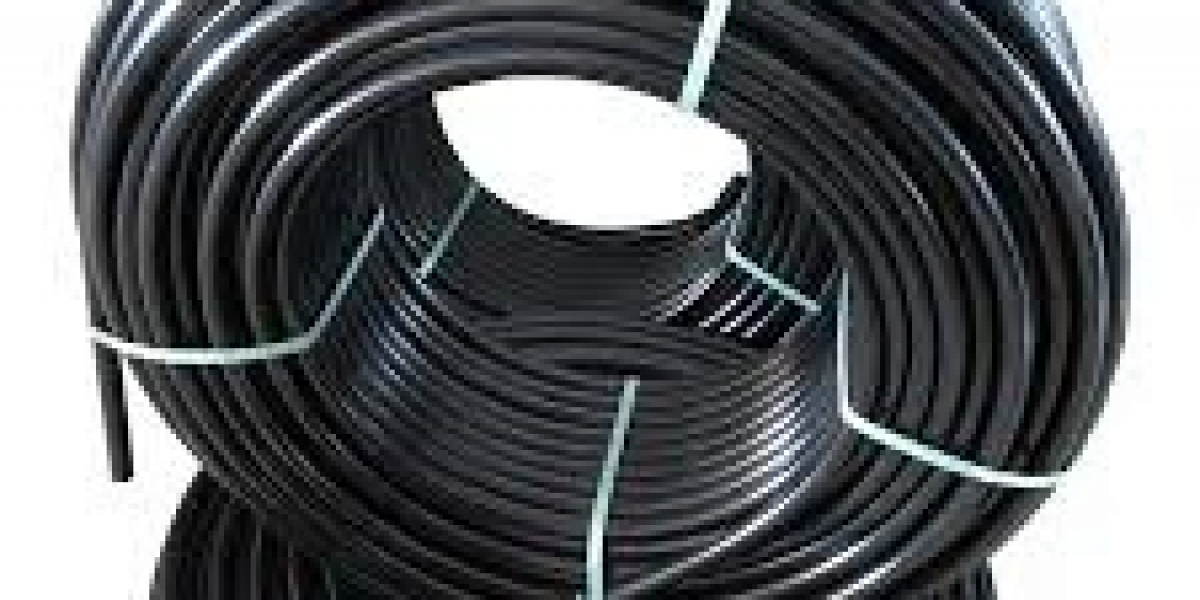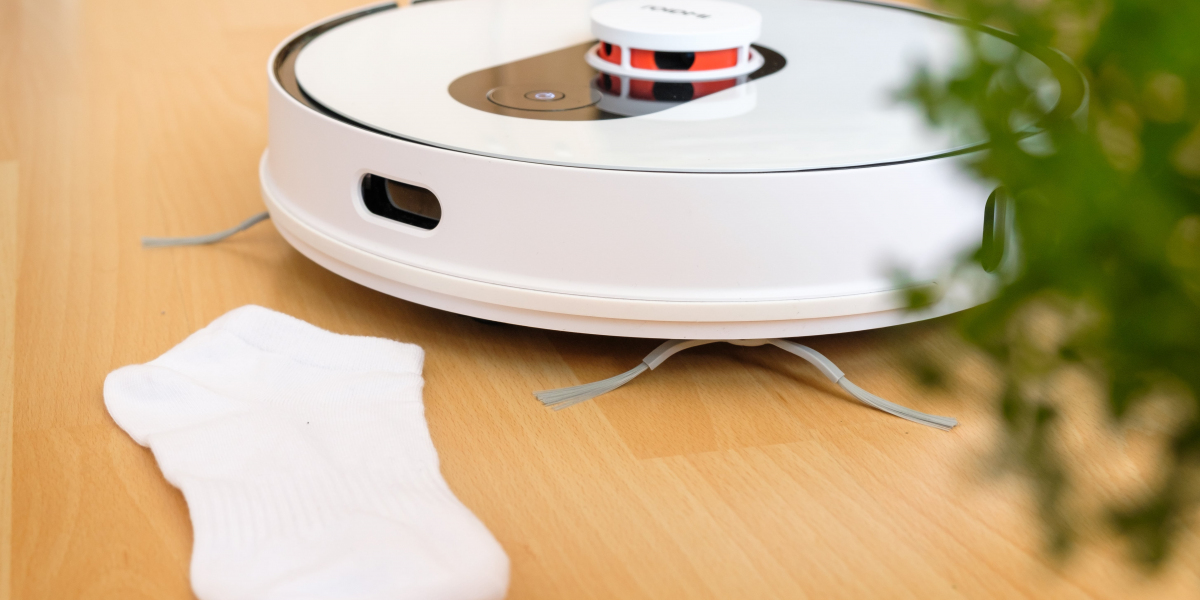Underground construction has always presented unique challenges, from navigating complex subsurface conditions to minimizing surface disruption. Over the years, advancements in technology have revolutionized this field, particularly through the development and widespread adoption of Tunneling & Microtunneling machines. These innovative machines have transformed the way engineers approach projects involving the installation of utilities, transportation corridors, and drainage systems beneath cities and challenging terrains.
In this article, we explore how Tunneling & Microtunneling machines are reshaping underground construction by improving efficiency, safety, and environmental sustainability.
What Are Tunneling & Microtunneling Machines?
Before delving into their transformative impact, it is important to understand what these machines are.
Tunneling machines, often referred to as Tunnel Boring Machines (TBMs), are large, complex pieces of equipment used to excavate tunnels through a variety of soil and rock types. They operate by cutting through the ground with a rotating cutter head, simultaneously removing excavated material and supporting the tunnel walls to prevent collapse.
Microtunneling machines are a more specialized subset of tunneling equipment designed for smaller-diameter tunnels, typically used to install pipelines and conduits. Microtunneling is a remote-controlled, trenchless technique that requires minimal surface disruption and is especially suited for urban environments and environmentally sensitive areas.
Together, these machines enable engineers to build tunnels ranging from massive subway lines and sewer systems to small utility conduits with remarkable precision and control.
How Tunneling & Microtunneling Machines Work
Both tunneling and microtunneling machines share the fundamental goal of creating underground passageways without traditional open-cut excavation. However, their operational scales and control mechanisms differ:
Tunneling machines employ large cutter heads that rotate and grind through earth and rock, supported by hydraulic jacks that push the machine forward. As the machine advances, tunnel lining segments are installed immediately behind the cutter head to stabilize the tunnel.
Microtunneling machines are guided remotely, often using laser-based systems for precision. They combine a cutting head with an auger system to transport excavated material back to the entry pit. Because they operate remotely and involve minimal human intervention underground, microtunneling machines provide a safer and more controlled excavation environment.
Transformative Benefits in Underground Construction
1. Minimizing Surface Disruption
One of the most significant ways Tunneling & Microtunneling machines are transforming underground construction is by drastically reducing surface disruption. Traditional open-cut excavation requires extensive digging along the entire length of the tunnel or pipeline, which can disrupt traffic, damage ecosystems, and negatively impact local communities.
By enabling trenchless construction, these machines limit excavation to just the entry and exit points, preserving roads, buildings, and landscapes. This benefit is particularly critical in densely populated urban centers where minimizing disruption is essential.
2. Enhancing Precision and Control
The use of advanced guidance systems, including laser and GPS technologies, in both tunneling and microtunneling machines allows for unparalleled precision. Operators can control the machines to follow exact routes, avoid underground utilities, and maintain consistent tunnel alignment.
This precision reduces the risk of costly errors, such as hitting existing infrastructure or deviating from the design path. It also facilitates more complex tunnel geometries that were previously difficult or impossible to achieve.
3. Improving Safety for Workers and Communities
Underground construction carries inherent risks, including cave-ins, toxic gas exposure, and equipment accidents. Because microtunneling machines are remotely operated, they limit the number of workers required underground, reducing exposure to hazardous conditions.
Additionally, the immediate installation of tunnel linings in large tunneling projects reduces the risk of collapses, protecting both workers and the surrounding environment. The increased safety protocols embedded in modern Tunneling & Microtunneling machines make underground construction safer than ever before.
4. Expanding Construction Capabilities
The versatility of these machines allows engineers to tackle projects that would be extremely difficult or costly with traditional methods. For instance, tunneling machines can bore through hard rock and soft soil alike, while microtunneling machines are ideal for smaller pipelines beneath rivers, highways, or environmentally sensitive areas.
This expanded capability means that infrastructure projects can be completed in locations and conditions previously considered prohibitive, opening new possibilities for urban development and environmental conservation.
5. Reducing Environmental Impact
Environmental concerns are a major consideration in today’s construction projects. The trenchless nature of tunneling and microtunneling significantly reduces soil erosion, habitat disruption, and sediment runoff compared to open trenching.
Furthermore, these machines enable construction in areas where surface disturbance could damage protected ecosystems, wetlands, or culturally sensitive sites. By minimizing excavation and restoring sites quickly, projects are more environmentally responsible.
6. Boosting Efficiency and Cost-Effectiveness
Although tunneling and microtunneling machines involve substantial upfront investment, they often lead to significant savings over the life of a project. The reduced need for surface restoration, shorter project timelines, and fewer disruptions to businesses and traffic contribute to lower overall costs.
Additionally, the continuous nature of tunneling operations, with simultaneous excavation and lining installation, accelerates project completion, providing value to both contractors and clients.
Real-World Applications and Success Stories
Across the globe, Tunneling & Microtunneling machines are driving the construction of critical infrastructure:
Urban Transit Systems: Many subway and light rail tunnels are constructed using TBMs to reduce disruption in bustling cities.
Water and Sewer Infrastructure: Microtunneling machines install pipelines under roads and waterways with minimal surface impact.
Utility Conduits: Electrical and fiber optic conduits are laid using microtunneling beneath developed areas, ensuring connectivity without disrupting urban life.
These applications demonstrate the machines’ adaptability and critical role in modern infrastructure development.
Future Trends and Innovations
The evolution of Tunneling & Microtunneling machines continues with ongoing technological advancements such as:
Automation and AI Integration: Enabling smarter, autonomous machine operation and improved decision-making.
Enhanced Materials and Cutting Tools: Increasing durability and performance in challenging ground conditions.
Real-Time Monitoring and Data Analytics: Providing operators with immediate feedback to optimize tunneling performance and safety.
These innovations promise to further enhance the efficiency, safety, and environmental friendliness of underground construction.
Conclusion
Tunneling & Microtunneling machines have undeniably transformed underground construction by making it more precise, safe, and sustainable. By minimizing surface disruption, enhancing operational control, and expanding construction capabilities, these machines are enabling engineers to meet the growing demand for underground infrastructure in increasingly complex environments.

